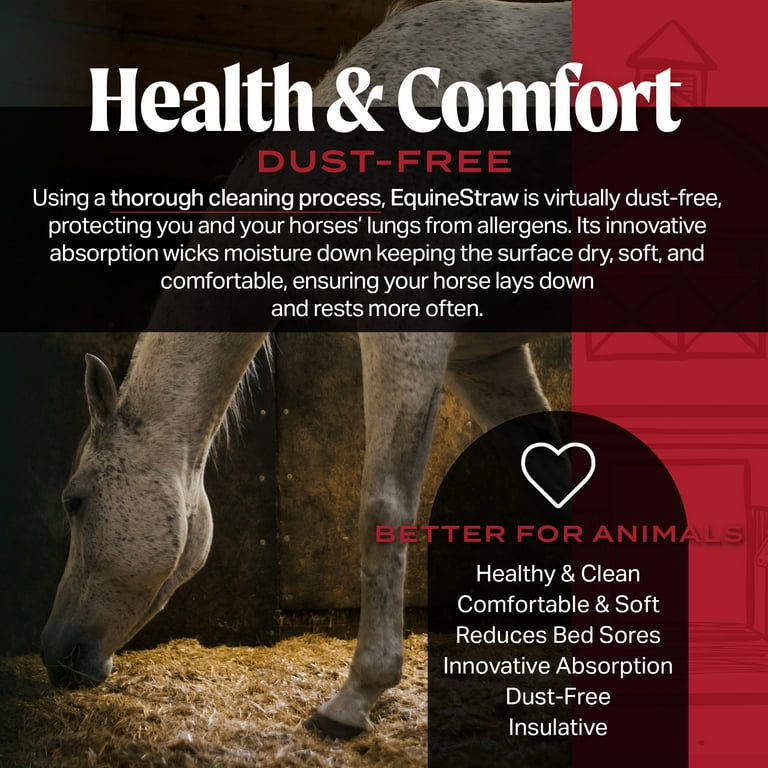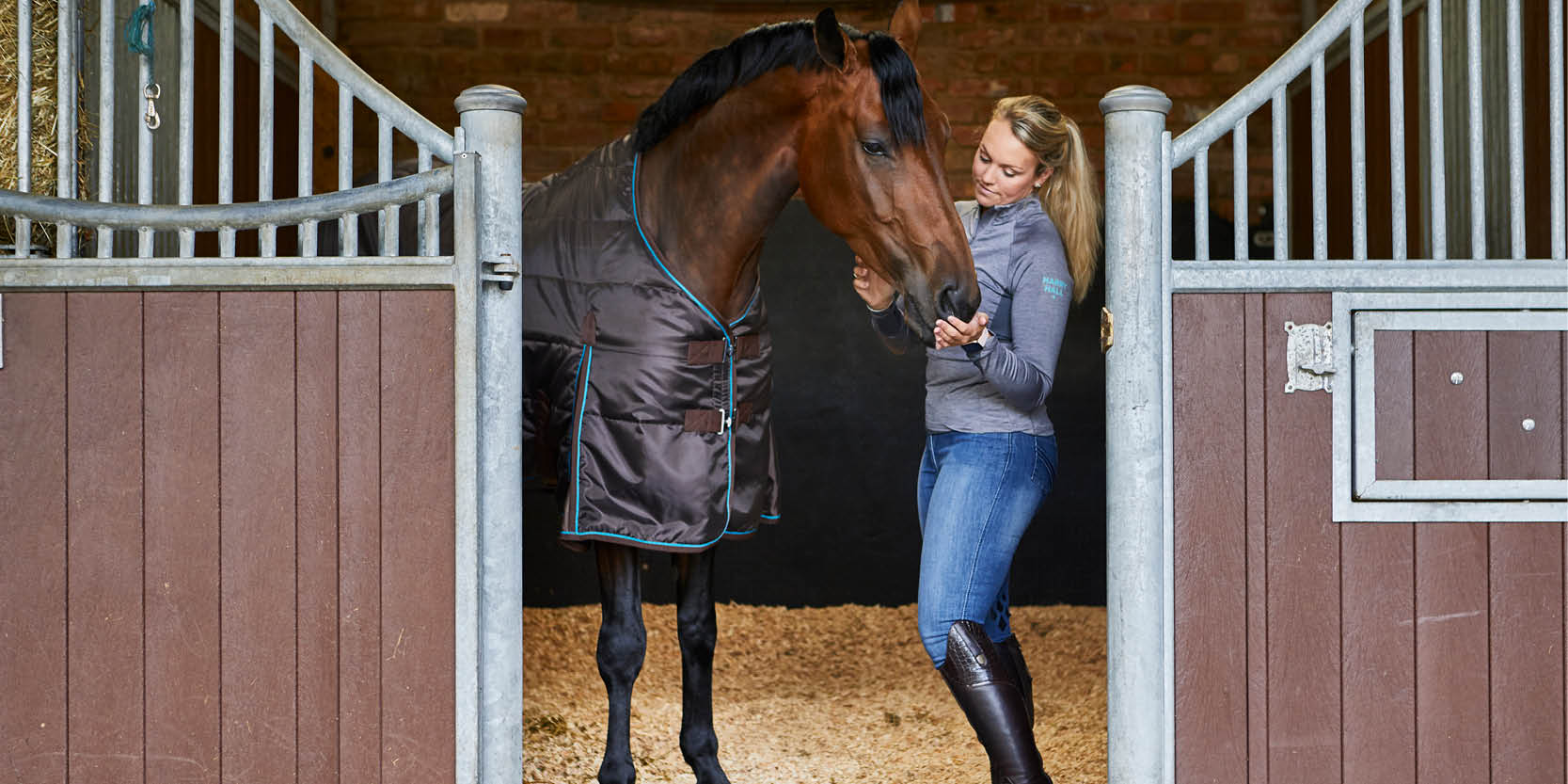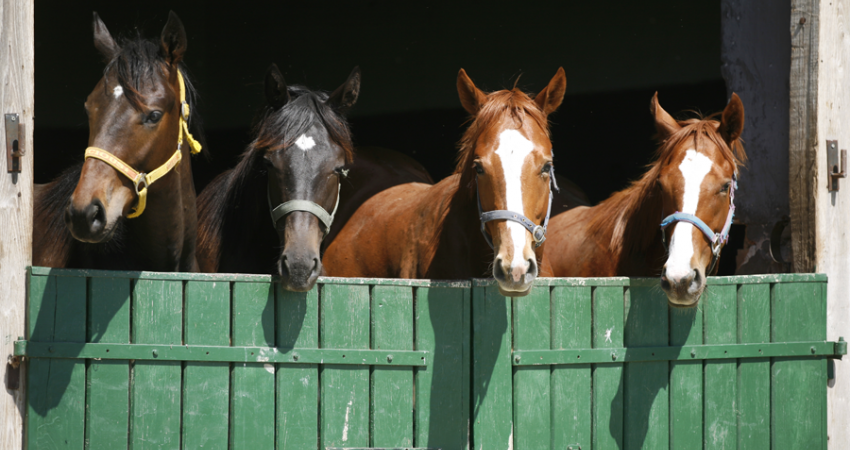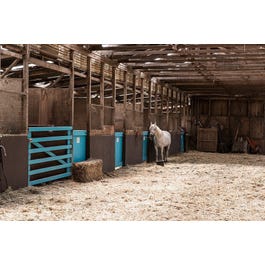Stall Bedding Comparison: Absorption and Cost for Your Horse

When it comes to choosing the right stall bedding for your horse, two of the most important factors to consider are absorption capacity and cost-effectiveness. Proper bedding not only ensures your horse’s comfort but also helps maintain a clean and healthy environment.
Common Types of Stall Bedding

| Bedding Type | Absorption Level | Average Cost (per bale or equivalent) | Pros | Cons |
|---|---|---|---|---|
| Straw | Moderate | $5 – $10 | Natural, comfortable, biodegradable | Can be dusty, less absorbent, may harbor mold |
| Wood Shavings | High | $7 – $15 | Excellent absorption, low dust, pleasant smell | Can be slippery, may cause respiratory issues if dusty |
| Wood Pellets | Very High | $10 – $20 | Highly absorbent, compact, easy to clean | More expensive, requires soaking before use |
| Paper Bedding | Moderate | $8 – $12 | Dust-free, good absorbency, recyclable | Can be less comfortable, may clump when wet |
| Sawdust | High | $5 – $10 | Good absorption, inexpensive | Can be dusty, may cause respiratory problems |
Absorption: Why It Matters

Absorption is crucial because it helps keep the stall dry by soaking up urine and moisture. A highly absorbent bedding reduces the risk of bacterial growth and ammonia buildup, which can cause respiratory issues and hoof problems in horses. Bedding that absorbs well also makes cleaning easier and extends the time between full stall cleanings.
Cost Considerations
While initial cost is important, consider the overall value. Some bedding types may be cheaper upfront but require more frequent replacement or produce more waste. Others might be pricier but last longer and improve stall hygiene, potentially saving money on veterinary bills and labor in the long run.
Additional Tips for Choosing Bedding
- Horse Sensitivities: Some horses may have allergies or sensitivities to certain bedding materials.
- Climate: In wetter climates, highly absorbent bedding is preferable.
- Availability: Local availability can affect cost and convenience.
- Disposal: Consider how easy it is to dispose of or compost the used bedding.
Frequently Asked Questions (FAQ)
Q: How often should I change my horse’s bedding?
A: It depends on the bedding type and stall usage, but generally, spot cleaning daily and full replacement every 1-2 weeks is recommended.
Q: Can I mix different types of bedding?
A: Yes, mixing can combine benefits, such as adding straw to wood shavings for comfort and absorption.
Q: Is dust a concern with certain beddings?
A: Yes, dusty bedding can cause respiratory issues. Opt for low-dust options if your horse has sensitivities.
Q: What is the best bedding for horses with respiratory problems?
A: Paper bedding or kiln-dried wood shavings are often recommended due to their low dust levels.
Choosing the right stall bedding involves balancing absorption, cost, and your horse’s specific needs. By understanding the pros and cons of each type, you can create a comfortable and healthy environment for your horse.
